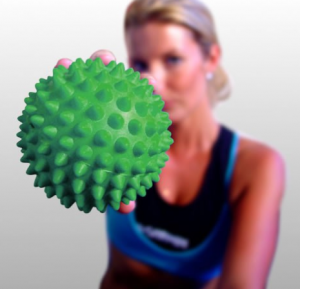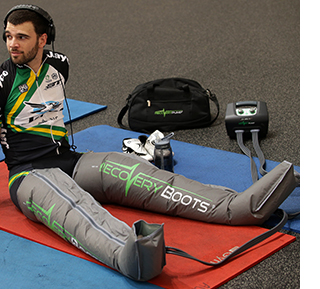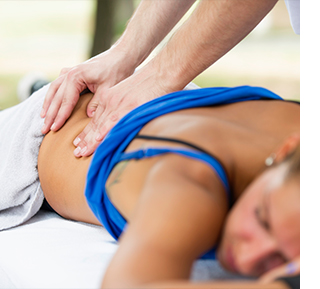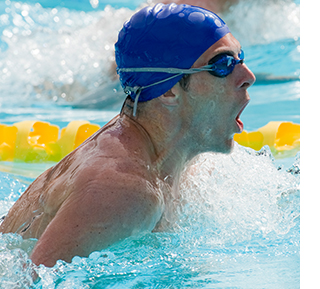Recovery from training and competition is a crucial component of the overall program for athletes of all levels. It allows the body to adapt and heal the microtraumas that are caused to the muscles during training and competition. For this reason it should be viewed by athletes as the start of preparation for the next training session or event that is in their calender. Recovery is a multifaceted topic and involves not only healing damaged muscle tissue but restoring hormonal and chemical balance and many other physiological and psychological systems that have been stressed.
Typically, it is dependent on the nature of the exercise performed and is influenced by many different factors including quality of sleep, diet and stress. Over recent years, recovery has received increasing amounts of attention as athletes and coaches search for new and improved methods that will allow them to recover faster, meaning they can train harder and longer. There are a number of popular methods used by athletes and coaches to enhance recovery and this article will explore a few that are commonly used and prescribed at PhysioHealth.
Sleep
Sleep is the undisputed number one form of recovery. Adequate levels of sleep significantly improve muscular recovery while facilitating the restoration of hormonal and chemical balance. During certain stages of the sleep cycle, important hormones such as growth hormone are released which is essential for stimulating muscle repair and tissue growth. For most athletes, between seven to ten hours of sleep per night is sufficient.
Foam Rollers and Spikey Balls
What type of foam roller should I use?
There are three major questions you should ask yourself when you are looking to purchase a foam roller:
- How long should my foam roller be? The length of a foam roller is important to consider when making your purchase as it may affect your ability to take it with you when you travel. Longer foam rollers are often recommended for home use as they are easier to use as there is more room for you to work with . However, if you are frequently travelling for work or racing then a smaller roller will fit into your suitcase easier!
- How hard should my foam roller be? The firmness of your foam roller will depend largely on how much you are able to tolerate when rolling. However, it is also important to note that firmer rollers tend to last longer as they maintain their shape for a longer period of time. After using a foam roller regularly, most people find that they are able to tolerate the soft rollers well and that they don’t have the same effect they used to. At this point, it may be time to consider graduating to one that is firmer.
- Should my foam roller have notches on it? Notches on foam rollers allow you to work more specifically over a thickened area of muscle similar to using a spikey ball. However, they are generally quite hard to tolerate for most areas of the body. If you are considering purchasing your first a foam roller, we would suggest starting with one that is moderately firm and without notches.
Recovery Boots
Ice Baths & Hot/Cold Contrast Therapy
Ice baths work by causing your blood vessels to constrict or tighten, thereby reducing inflammation and “flushing” out the waste products that were accumulated during exercise. Ice baths can be combined with a form of warming (e.g. a warm shower) to rapidly cause dilation or opening of the blood vessels that were constricted during the cold water therapy. This is known as hot and cold contrast therapy and improves recovery in a similar way to that of cryotherapy by facilitating rapid constriction and dilation of the blood vessels. Hot and cold contrast therapy typically involves cycling through several rounds of cold water followed by warm water to create a “muscle pump” effect via the effect it has on the blood vessels. If you are using ice baths to aid your recovery aim for a temperature is moderately cold but that you are able to stay in for 15-20 minutes.
Massage
Pro-ice Cold Compression Therapy
Pro-ice is a portable compression cryotherapy system that is used for pain relief, injury treatment, and post-surgery recovery. Pro-ice uses an ice container with water that connects via tubing to a compression cooling pad that is specifically designed for the area that is injured or sore. Once set up by your physiotherapist, the compression cooling pad inflates using air pressure whilst icy cold water is pumped into the pad, allowing for icing and compression to be achieved simultaneously. Pro-ice is a great tool available at PhysioHealth that can be used for a wide range of soft tissue injuries. It aids in the recovery and healing of damaged tissue by reducing pain and swelling.
Active Recovery
Stretchbands
With age and intense training or competition our bodies begin to lose flexibility which leads to a loss of range of motion that a particular joint can move through. This gradual loss of flexibility and range of motion can lead an athlete increasingly susceptible to injury. This is where using stretchbands and theraband post-exercise can help improve recovery and reduce the risk of injury by ensuring that pre-training or competition range of motion and flexibility are maintained. Stretchbands help improve flexibility and range of motion by:
- Providing a means by which the individual can use controlled force to take the muscle further into the restricted range of motion
- Providing a co-contraction form of stretching which involves cycling through the process of pushing against the band and then relaxing to allow for great range of motion to be achieved
If you require assistance to put together a specific recovery program for your sport then certainly contact your closest PhysioHealth clinic to let us help you devise a tailored plan.




